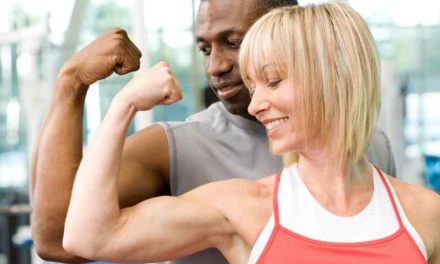There are several full-body workouts available, and it may be rather complicated to decide which one to undertake. The best exercises at home will vary according to your objectives and current fitness level. The ideal exercises for you will be one that you can perform regularly while still having fun.
There are several full-body workouts that you may do at home. The active range of motion of each joint can assist you to maintain your muscle’s flexibility and mobility. Isometric workouts include the contraction of muscles without the use of joints. This workout helps to maintain muscular strength.
If you’re looking to grow muscle at home, we recommend resistance training or weight lifting. To reduce weight, HIIT (High-Intensity Interval Training) routines such as the squat series, kettlebell workouts such as this one, or even a traditional cardio workout are helpful. Yoga is also an excellent place to start; it is beneficial for not just flexibility and relaxation, but also for weight reduction.
The majority of these full-body workouts may be performed with little or no equipment at home. It is recommended that you design a training plan to assist you. Additionally, a group of like-minded folks might be beneficial.
Fitness” is a wide phrase that signifies various things to different people, but it relates to your own ideal health and well-being. Being fit can not just refer to physical health, but also to emotional and mental well-being. It encompasses all facets of your health. Fitness requires a healthy diet and an active lifestyle.
PUSH-UPS
Push-ups are a popular calisthenics exercise that is performed in the prone position. Pushups work the pectoral muscle, triceps, and deltoids, while also benefiting the rest of the deltoids. Pushups are a fundamental exercise utilized in civilian sports and physical training, as well as a critical component of military training. Most importantly, it is one of the most comprehensive forms of exercise, training our whole body. This exercise should be performed in a series of repetitions.
SQUAT
A squat is a complex, full-body exercise that works mainly the thighs, hips, and buttocks muscles, as well as the quadriceps and hamstrings, while also strengthening the bones, ligaments, and tendons’ attachments throughout the lower body. The beautiful thing about squats is that they serve as a foundation for your general strength in a variety of ways. Additionally, they are critical to your ability to function effectively in daily life.
The hip and knee joints, as well as the ankle joint, bend during the descent of a squat. Squats are a critical exercise for strengthening the lower body and establishing core strength. The quadriceps, angular Magnus, and gluteus maximus are the key muscles utilized in squats. The squat, together with the deadlift and bench press, is one of the three exercises in the strength sport of powerlifting.
At the very least, do 60 squats (4*15) of the set every day.
RAISES IN THE LEG
Leg raises are a strength training exercise that focuses on the abdominal muscles. Due to the fact that the abdominal muscles are employed isometrically to support the body during movement. It is a basic workout in which we must lay on the ground and maintain a straight hand while pushing our leg perpendicular to the rest of our body.
Each day, attempt to complete at least 40 reps (4*10).
PULL-UPS
Pull-ups are a strength workout for the upper body. It is a closed chain exercise in which the body is hung by the hands and pulled upward. We must drag the whole body up and down in this exercise. This workout will strengthen your body and arms.
Each day, attempt to complete at least 40 reps (4*10).
PLANK
Planks, a terrific alternative to crunches, may help strengthen and stabilize the core. A plank is an isometric exercise that assists in increasing the body’s strength and is one of the core exercises that provides you with great power. The most frequent plank posture is the forearm plank, which requires you to be in a pushup position with your weight on your hand and elbow. There are other variations, including side plank and reverse plank.
Make an effort to exercise for at least three minutes every day.
LUNGE
If this is your first time doing the lunge exercise, begin in the lunge posture and raise and lower your body while keeping a good balance. Increase your mobility as you gain strength. To increase strength, coordination, and muscular endurance, step forward, back, or to the side in and out of a lunge stance or do a walking lunge.








